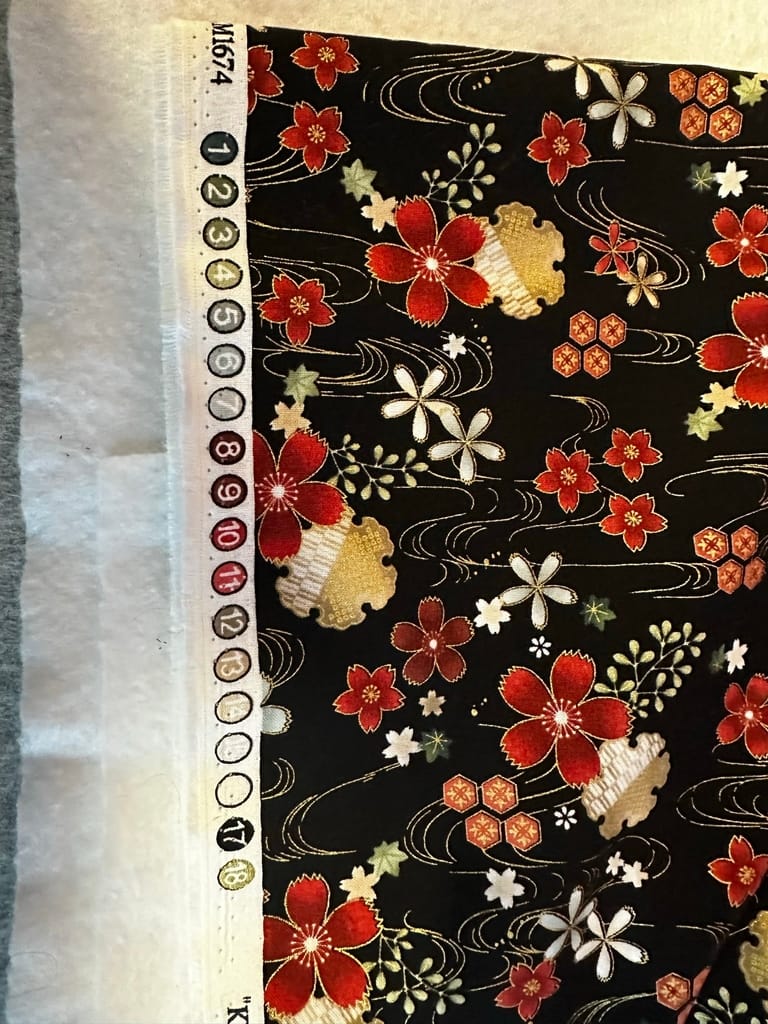The selvedge, or finished edge, of your quilting fabric may be a little more special than you realize. Are you curious? If so, please read on.
First, it helps to understand a little bit about how fabric created. Woven fabrics, like quilting fabric, are made on a loom. Threads are attached to and wound around two rods or beams at each end. These threads run the length of the fabric (LOF) and are known as the warp. (Trekies this has nothing to do with space travel). The weft are the threads woven through the warp, so they run the Width of Fabric (WOF). To keep the fabric from unravelling, the last few warp threads maybe placed closer to each other at the edge (selvedge). You may notice that the selvedge is a little stiffer. This is why.
Because the weave of the selvedge is different, you try to exclude it from your piecing. It will shrink and move differently, which will detract from the beauty of your quilt. To ensure you don’t use the selvedge, this section of the fabric isn’t printed in the same way as the rest of the fabric.
But you say there is printing on the selvedge. You are absolutely right. That printing is known as the register. It generally includes two types of information.

- First, the manufacturer may print their name and SKU on it. This is really helpful when you are working with patterns that specify the fabric. At least, I think it is!
- The second thing you may see are some colored dots. These dots are the colors used in the printing. These are really helpful when trying to decide what fabrics work together. These dots can help you identify specific colors within the print to highlight. Pretty neat – right? That is much easier than guessing with the print. Keep in mind, that doesn’t mean your eye sees those specific colors at a distance. Eyes average colors that are closer together, which means they look a little more muddled than those pure dots of color.
Do all fabrics have this information on the selvedge? No. Some manufacturers will print the register, but not the other information, or vice versa. Some don’t print anything on the selvedge, or carry the pattern to the selvedge.
Batiks are a slightly different story. They are made a little differently than traditional quilting cottons. First, the threads are thinner and woven tighter together. This is why the fabric feels different. Because the threads are thinner, the selvedge isn’t as noticeable. It is smaller, but still there. Second, batiks are dyed not printed. Therefore, they will not have a register like a printed fabric.
If the fabric doesn’t have a register to make color matching simple, is there another easy way to figure out what colors go well together? There is and I will share that with you in my next blog post.
Happy Quilting!
Laureen
